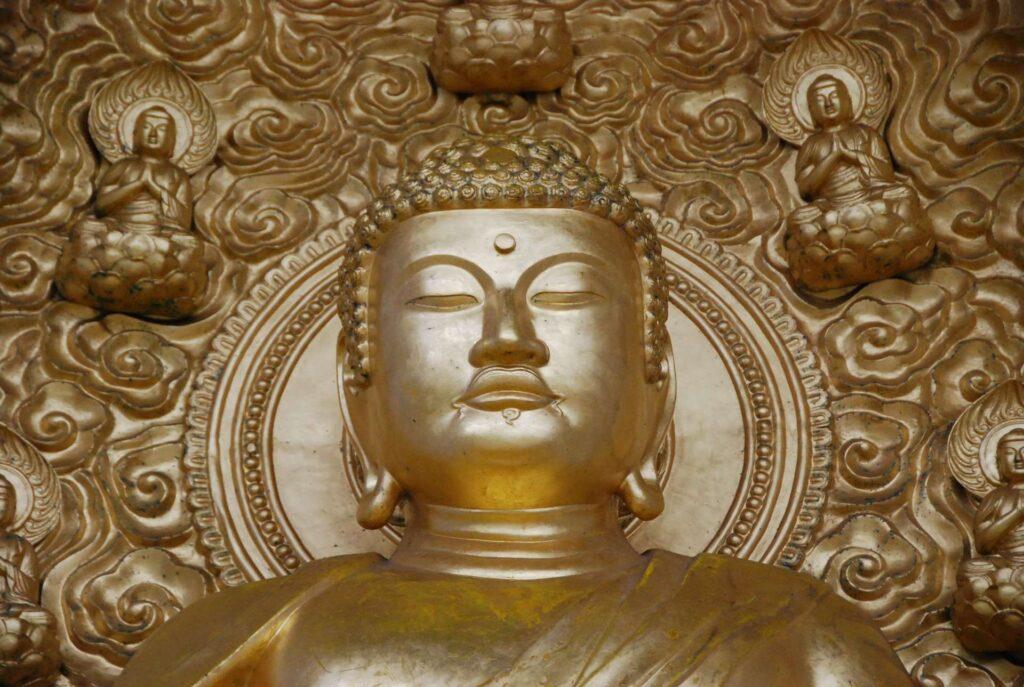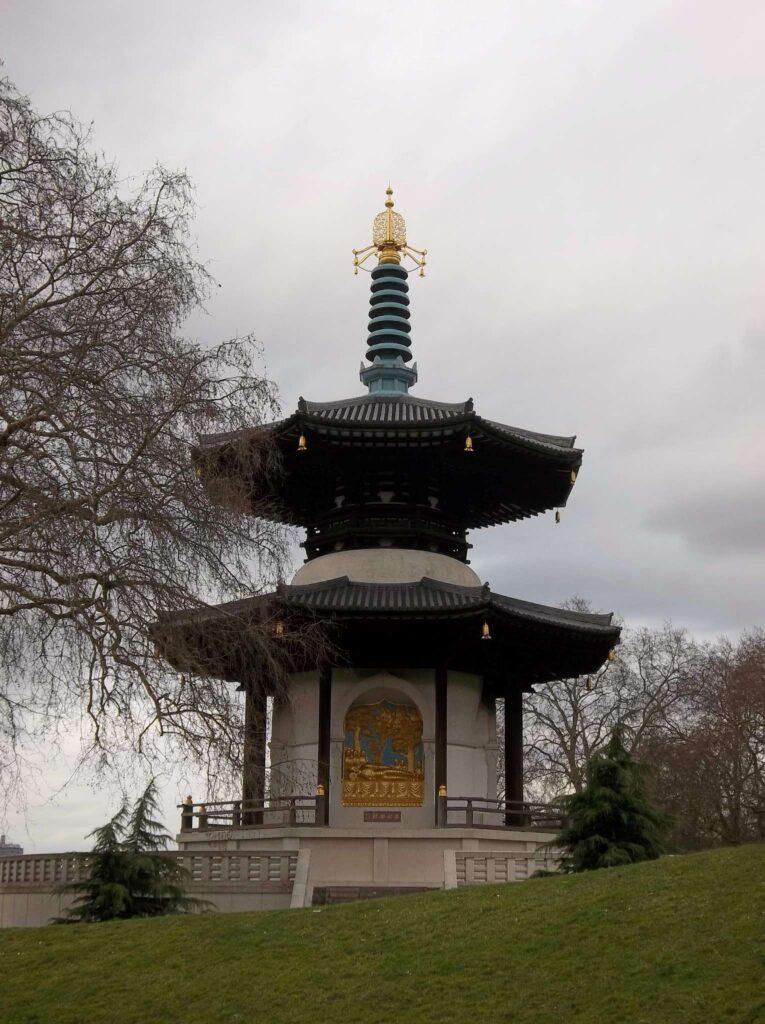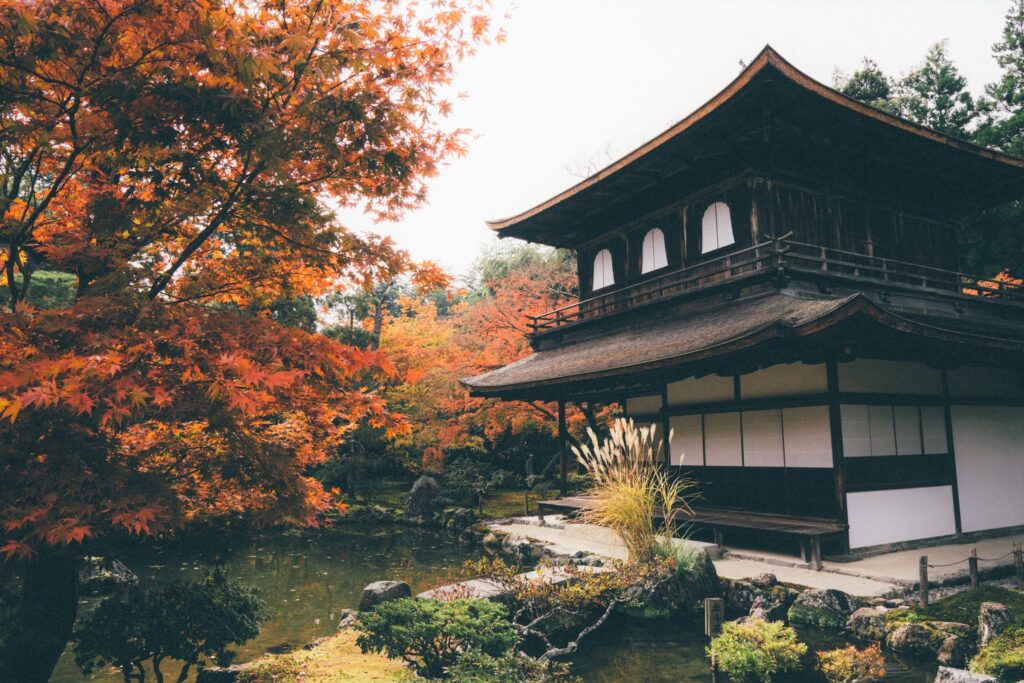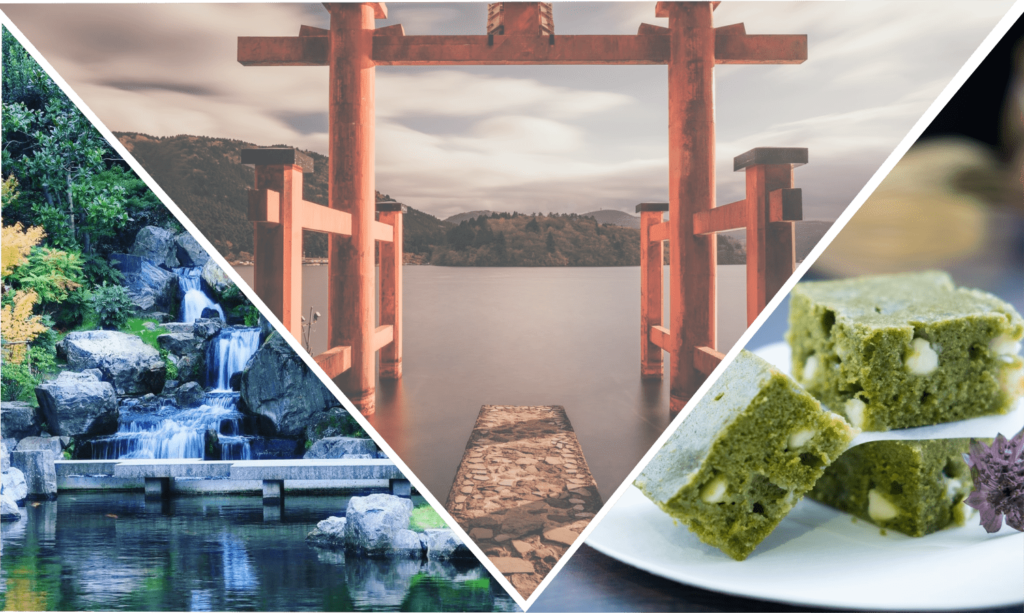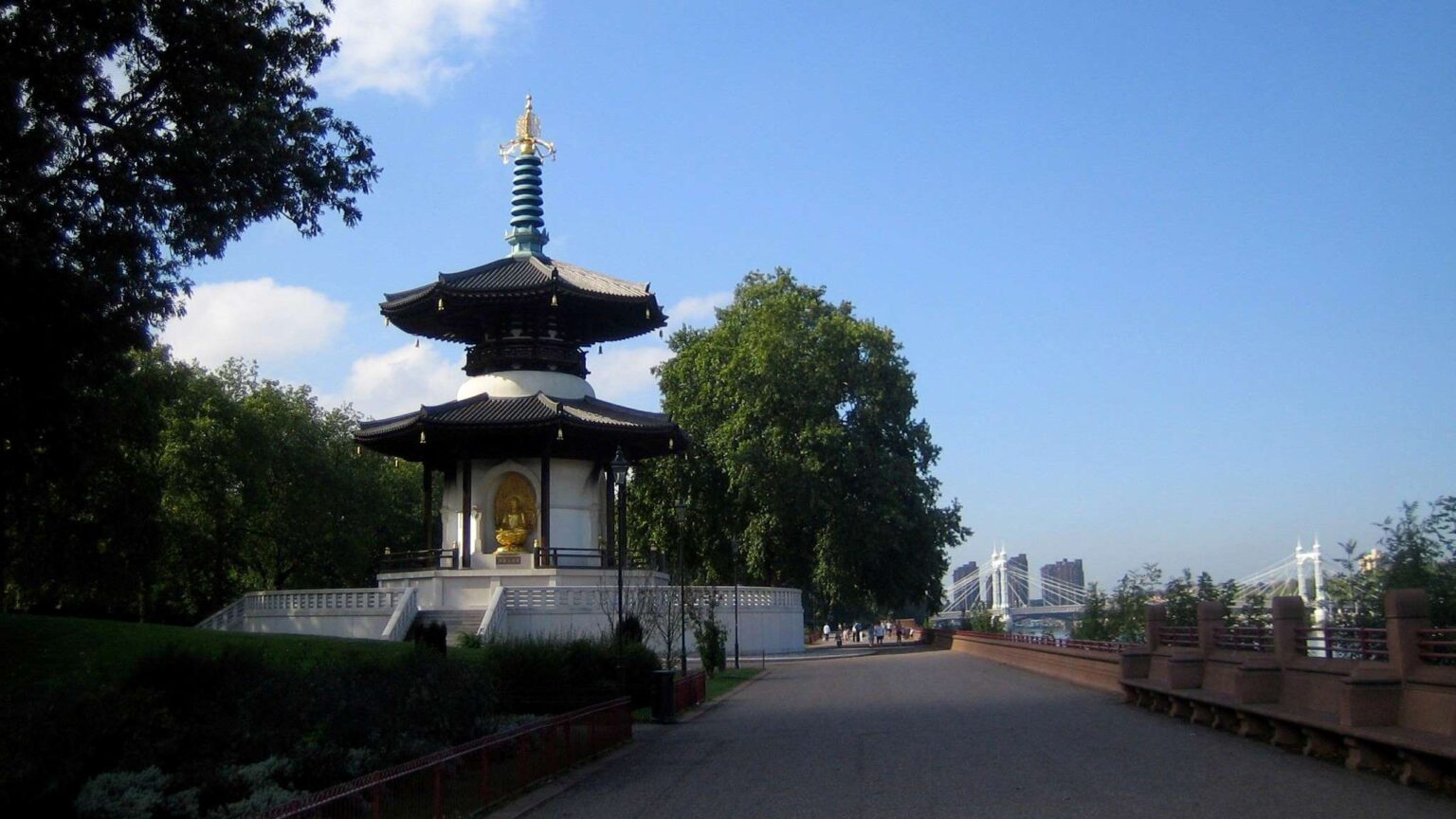
Revered structures
Have you ever seen the enormous Buddha statues of Japan that loom large over the surrounding area? They are a magnificent spectacle to behold whilst also being a popular tourist attraction. Despite their imposing stature and their popularity, they are often areas intended for quiet contemplation for all manner of people whether or you associate with Buddhism and its principles or not; of which they are directly related.
But did you know there is a spot in London designed with a similar purpose in mind? Presented on behalf of the Japanese Buddhist monk Nichidatsu Fujii in 1984, a Peace Pagoda in Battersea Park was erected as a symbol of harmony and a place for reflection for all those that visit.
Whilst Buddhism is not strictly a Japanese concept, the Peace Pagoda project has tangible Japanese links; as well as the fact that the one in London has a somewhat unique appearance to back this up means that it’s worth paying a visit.
Structure and aesthetics
There are a total of 80 Peace Pagodas throughout the world of which two exist in the UK (the other is in Milton Keynes). Compared to many of the others, the Peace Pagoda at Battersea Park has a structure and aesthetic that follows much more closely the architectural style of what many would regard as a typical Pagoda; that being a tall, multiple tiered tower with overhanging eaves.
While many of the others have a large dome as its central feature, the Peace Pagoda of London has a distinctive two tiered setup that resembles similar structures you may find in Japan. What’s more, the 360° roof overhang is aesthetically similar in its design to other roofing styles you would find on other Japanese buildings. Here it is remarkably similar to the Hogyo roofing style in which much of it is made of wood which is a very typical construction material.
Beyond the distinctly Japanese elements, the Peace Pagoda at Battersea is home to a set of four gilded bronze buddha statues which can be seen on the sides of the building. With one per side, they adorn the structure with a degree of reverence that is felt from any direction. Each statue represents a stage of the Buddha’s life from birth; teachings; enlightenment; and death, underneath which are captions written in Japanese Kanji.
The construction was completed by a group that consisted mostly of nuns and monks as well as other volunteers. There were around 50 in total including one named Reverend Gyoro Nagase who also helped construct the other peace Pagoda in Milton Keynes. Following the construction he moved to London where he now helps maintain the site.
Location and surroundings
The location of Battersea Park, situated on the south side of the river Thames across from the chelsea embankment, is already a fairly tranquil environment. It consists of 200 acres of lush green scenery, easily accessible walking paths and numerous amenities within its confines. The Japanese-esque Peace Pagoda only adds to its serenity and is located on the bank of the river on the north side of the Park.
Nestled between a tree-lined avenue and the river, the pagoda sits in a quiet portion of the park with fabulous surroundings. With plenty of seating available around its edge, it’s a fantastic place to sit and watch the world go by and be at one with your own thoughts, all the while being in the presence of a humble but impressive symbol of peace which you will undoubtedly feel if you happen to pay a visit.
The ambition of Nichidatsu Fujii
The existence of the Peace Pagoda in Battersea Park is the result of a Japanese buddhist by the name of Nichidatsu Fuji. Born and raised in Japan, Nichidatsu — who was ordained at 19 — witnessed the destruction of the second world war and the result of the atomic bombs in his country; costing the lives of hundreds of thousands of innocent people.
Soon after, he began the process of building Peace Pagodas around the world to advocate for world peace. The first was built in Hiroshima and Nagasaki. The Pagoda at Battersea Park was the last to be completed in his lifetime where he died shortly after. Following the completion his last recorded message was as follows:
“My wish has been accepted without question by the people of London and the world. Nothing gives me greater happiness than this in my whole life.”
Nichidatsu Fuji
During his life he was able to meet Mahatma Gandhi and founded the Nipponzan-Myōhōji buddhist sect which continues on today. It is a small buddhist sect that is often regarded as being the most pacifist, reflecting Nichidatsu’s own life views.
Conclusion
While it’s not quite a 44 ft tall bronze statue like that of the Kamakura daibutsu or the less well known female Buddha statue in Fukushima standing around 187 ft tall; the Peace Pagoda at Battersea Park is nonetheless an exquisite structure aimed at provoking a sense of calm and thoughtfulness.
